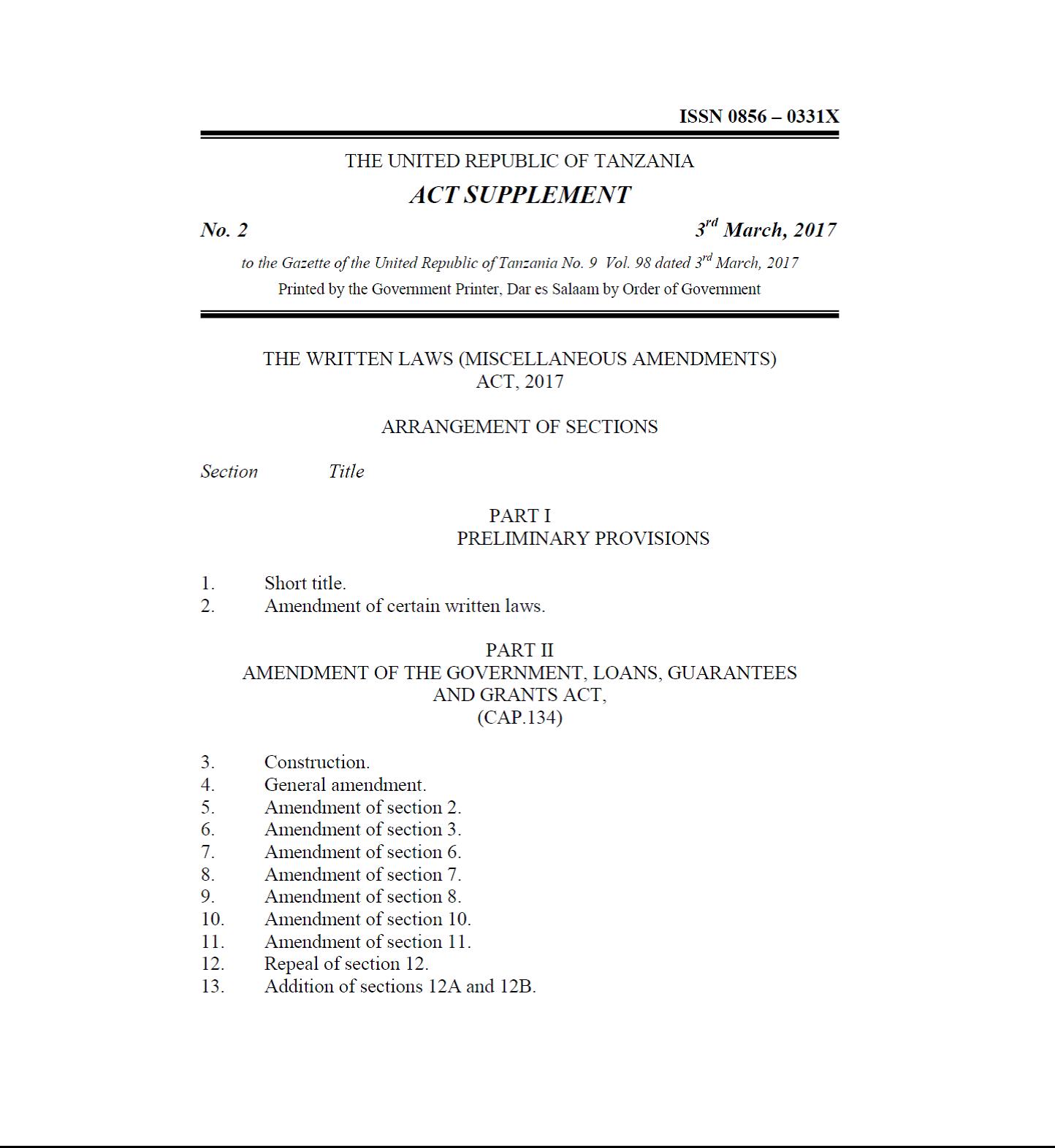Conservation agriculture
The purpose of this publication is to show how conservation agriculture can increase crop production while reducing erosion and reversing soil fertility decline, improving rural livelihoods and restoring the environment in developing countries. Soil organic matter and biological activity in the rooting zone, stimulated by continual additions of fresh organic material (crop residues and cover crops) are the basis of conservation agriculture, as described in the first chapter.
Gender and Land Rights
Increasing women’s access to land is crucial to fight hunger and poverty. However, gender disparities in land access remain significant in most countries, regardless of their level of development. A new FAO database helps to understand the factors that prevent women from accessing land; and to design better policies to effectively address this situation.
La tenencia de los territorios indígenas y REDD+ como un incentivo de manejo forestal: el caso de los países mesoamericanos
Los programas de atención a la reducción de emisiones provenientes de la deforestación o degradación de los ecosistemas, como es el caso de REDD+ y otros programas de incentivos forestales como son los pagos por servicios ambientales (PSA), podrían constituir una oportunidad para el fortalecimiento de los procesos de conservación, aprovechamiento sustentable y reducción de la pobreza en la región mesoamericana, y en particular en los territorios y comunidades indígenas.
Written Laws (Miscellaneous Amendments) Act, 2017.
An Act to amend certain written laws.
Landscape Aesthetics and the Scenic Drivers of Amenity Migration in the New West: Naturalness, Visual Scale, and Complexity
Values associated with scenic beauty are common “pull factors” for amenity migrants, however the specific landscape features that attract amenity migration are poorly understood. In this study we focused on three visual quality metrics of the intermountain West (USA), with the objective of exploring the relationship between the location of exurban homes and aesthetic landscape preference, as exemplified through greenness, viewshed size, and terrain ruggedness.
Examining Social Adaptations in a Volatile Landscape in Northern Mongolia via the Agent-Based Model Ger Grouper
The environment of the mountain-steppe-taiga of northern Mongolia is often characterized as marginal because of the high altitude, highly variable precipitation levels, low winter temperatures, and periodic droughts coupled with severe winter storms (known as dzuds). Despite these conditions, herders have inhabited this landscape for thousands of years, and hunter-gatherer-fishers before that. One way in which the risks associated with such a challenging and variable landscape are mitigated is through social networks and inter-family cooperation.
Acknowledgement to Reviewers of Land in 2014
The editors of Land would like to express their sincere gratitude to the following reviewers for assessing manuscripts in 2014:[...]
Landscape Epidemiology Modeling Using an Agent-Based Model and a Geographic Information System
A landscape epidemiology modeling framework is presented which integrates the simulation outputs from an established spatial agent-based model (ABM) of malaria with a geographic information system (GIS). For a study area in Kenya, five landscape scenarios are constructed with varying coverage levels of two mosquito-control interventions. For each scenario, maps are presented to show the average distributions of three output indices obtained from the results of 750 simulation runs. Hot spot analysis is performed to detect statistically significant hot spots and cold spots.
Assessing and Governing Ecosystem Services Trade-Offs in Agrarian Landscapes: The Case of Biogas
This paper develops a method to explore how alternative scenarios of the expansion of maize production for biogas generation affect biodiversity and ecosystem services (ES). Our approach consists of four steps: (i) defining scenario targets and implementation of assumptions; (ii) simulating crop distributions across the landscape; (iii) assessing the ES impacts; and (iv) quantifying the impacts for a comparative trade-off analysis. The case study is the region of Hannover, Germany.
Characterizing Islandscapes: Conceptual and Methodological Challenges Exemplified in the Mediterranean
Islands across the world have evolved at the interface between land and sea, thus comprising landscapes and seascapes. Many islands have also been influenced by anthropogenic factors, which have given rise to mosaics of anthromes (sensu Ellis and Ramankutty). These elements of landscapes, seascapes, and cultural impacts in varied proportions, generate unique environments which merit a unique term: islandscapes. The use of the term islandscape is advocated as the only term which encompasses all of the constituent components of an island, in a holistic manner.
The Quiet Rise of Medium-Scale Farms in Malawi
Medium-scale farms have become a major force in Malawi’s agricultural sector. Malawi’s most recent official agricultural survey indicates that these account for over a quarter of all land under cultivation in Malawi. This study explores the causes and multifaceted consequences of the rising importance of medium-scale farms in Malawi. We identify the characteristics and pathways of entry into farming based on surveys of 300 medium-scale farmers undertaken in 2014 in the districts of Mchinji, Kasungu and Lilongwe.


